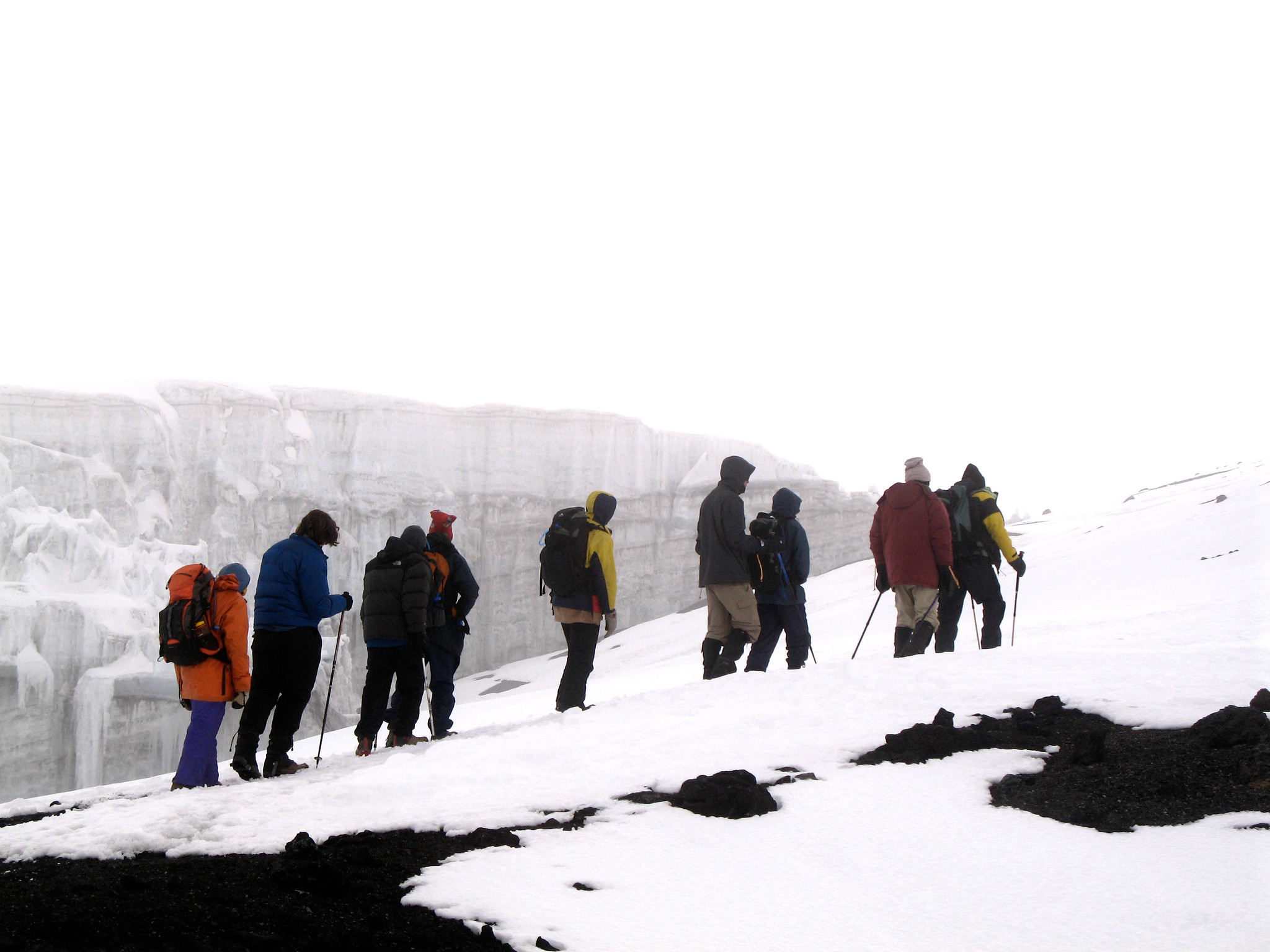Does it Snow in Africa?
Does it Snow in Africa? The hottest place on Earth is Africa.
A lot of popular ideas come to mind when people think of African weather. Many people think of the vast, harsh scenery of the Sahara Desert when they think of Africa. Or maybe they think of the thick, humid rainforests that cover most of Africa’s equatorial areas. Unquestionably, the most famous picture of Africa’s savanna is one with grasslands and scattered trees.
Usually, snowy places are the last thing that comes to mind. Africa, on the other hand, does get snow occasionally. Snow typically falls in mountains and high-altitude areas where the temperature is low enough.

How the weather works in Africa
Because Africa is on the equator, it has both the northern and southern hemispheres. This situation makes the weather very complicated, with global and local factors having an effect. The continent is in the intertropical convergence zone (ITCZ), which is a low-pressure band around the Earth that is close to the equator. This zone has a big effect on the weather in Africa.
The Congo Basin and some parts of West and East Africa are near the equator, so they have warm weather with high temperatures and lots of humidity all year. Rainfall is steady in these places, often topping 80 inches (2,000 mm) a year, which supports lush rainforests.
As you move farther away from the equator, you’ll enter the tropical steppe climate, which has clear wet and dry seasons. High temperatures happen all year long in places like Tanzania and Kenya. The wet season brings much-needed rain that helps plants and animals.
Desert areas, like the Sahara in North Africa and the Namib and Kalahari deserts in Southern Africa, on the other hand, have scorching days and cool nights. Lack of rain and large areas of sand with few plants make up the environment.
In the very north and very south of the continent, in places like Morocco, Algeria, and South Africa, the Mediterranean climate has warm, dry summers and cool, wet winters.
Because they are higher up, mountainous areas like the Ethiopian Highlands, the Atlas Mountains in Morocco, and Mount Kilimanjaro in Tanzania have cooler temps. In these areas, heavy rainfall can occur, and at the highest elevations, snow and ice can persist year-round, which is unusual for a typically warm region.
How does snow form?
Certain factors in the air must be present for snow to form.
There must be less than 32°F (0°C) in the air. There needs to be enough wetness. The water vapor in warm air turns into tiny ice crystals when it rises and cools. With the help of ice nuclei, which could be dust, pollen, or other tiny particles in the air, these crystals stick together to make snowflakes. Lastly, the weather needs to be stable so that snowflakes can form and fall without melting.
In Africa, where does it snow?
In Africa, these are some places that usually get snow.
1. The mountain Kilimanjaro in Tanzania
Standing at 19,341 feet (5,895 meters), Mount Kilimanjaro is one of the most famous snow-capped mountains in Africa. Due to its high elevation, snowfall occurs year-round on its surface. Kilimanjaro’s glaciers and ice fields are small pieces of a much bigger ice mass that has been melting for more than 100 years. But because of global warming, these glaciers are getting smaller. If things keep going the way they are, they might not exist at all in a few decades.
2. Mount Kenya, Kenya
At 17,057 feet (5,199 meters), Mount Kenya is Africa’s second-highest peak, and there is always snow and ice near the top. The mountain is very close to the equator, but the snow covers its highest points.
3. The Atlas Mountains in Morocco.
The Atlas Mountains are in North Africa and get snow every so often, mostly in the winter. The tallest mountain is Mount Toubkal, which is 13,671 feet (4,167 meters) high. From November to April, snow often covers the top of the mountain. The Atlas Mountains even have some unique places to ski.
4. The Rwenzori Mountains, Uganda, and the Democratic Republic of the Congo.
There is snow in the Rwenzori Mountains, which is another place in Africa. The Rwenzoris are home to Africa’s third-highest peak, Mount Stanley, which is 16,763 feet (5,109 meters) high. They are known as the “Mountains of the Moon.” Snow and ice are present at the highest points year-round; however, glaciers and snow have been melting due to climate change.
5. The Drakensberg Mountains in South Africa and Lesotho.
It snows in the winter in the Drakensberg mountains in South Africa and Lesotho as well. At 11,423 feet (3,482 meters), Thabana Ntlenyana is the highest hill. From June to August, it often snows on this peak. Ski areas in the landlocked Kingdom of Lesotho, which is part of South Africa, depend on this seasonal snow.
What climate change means for Mount Kilimanjaro
We need to do something about climate change right away, and you can see its effects all over the world, especially in high-altitude parts of Africa. The mountain Kilimanjaro has come to represent the effects of global warming on a larger scale.
Kilimanjaro’s glaciers have been melting at a worrisome rate over the past 100 years. Scientists think that since 1912, the mountain has lost more than 80% of its ice cover. Kilimanjaro may lose all of its glaciers and stable snow within the next few decades if things keep going the way they are. Rising global temperatures, changing weather patterns, and less rain in the area are the main things that are causing this to happen.
It’s harder for snow and ice to stay in place at high elevations when temperatures rise. When the air is warmer, it can hold more water, which can cause more rain to fall instead of snow at areas that usually get snow. Changes in wind patterns and cloud cover can also affect how much water gets to these high-altitude areas, which speeds up the freezing process even more.
The loss of Kilimanjaro’s glaciers would have big effects on the environment, culture, and economy. These glaciers are crucial to the environment of the mountain. They control the flow of water to the places around them, which helps farming, wildlife, and the people who live there. Without this ice, there would be less water, which would hurt the lives of people who depend on the mountain’s resources.


















